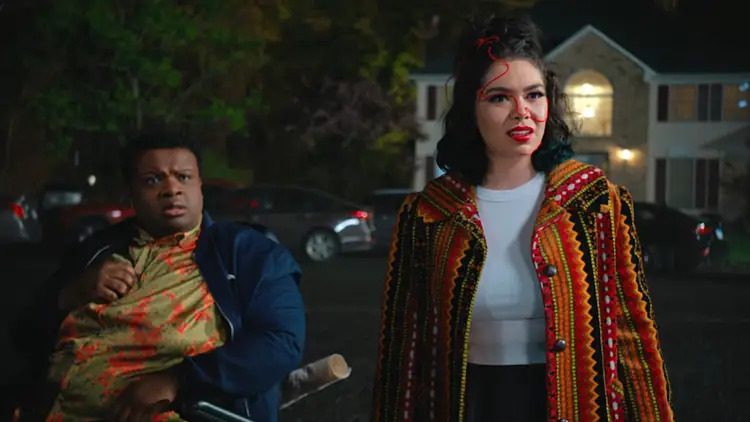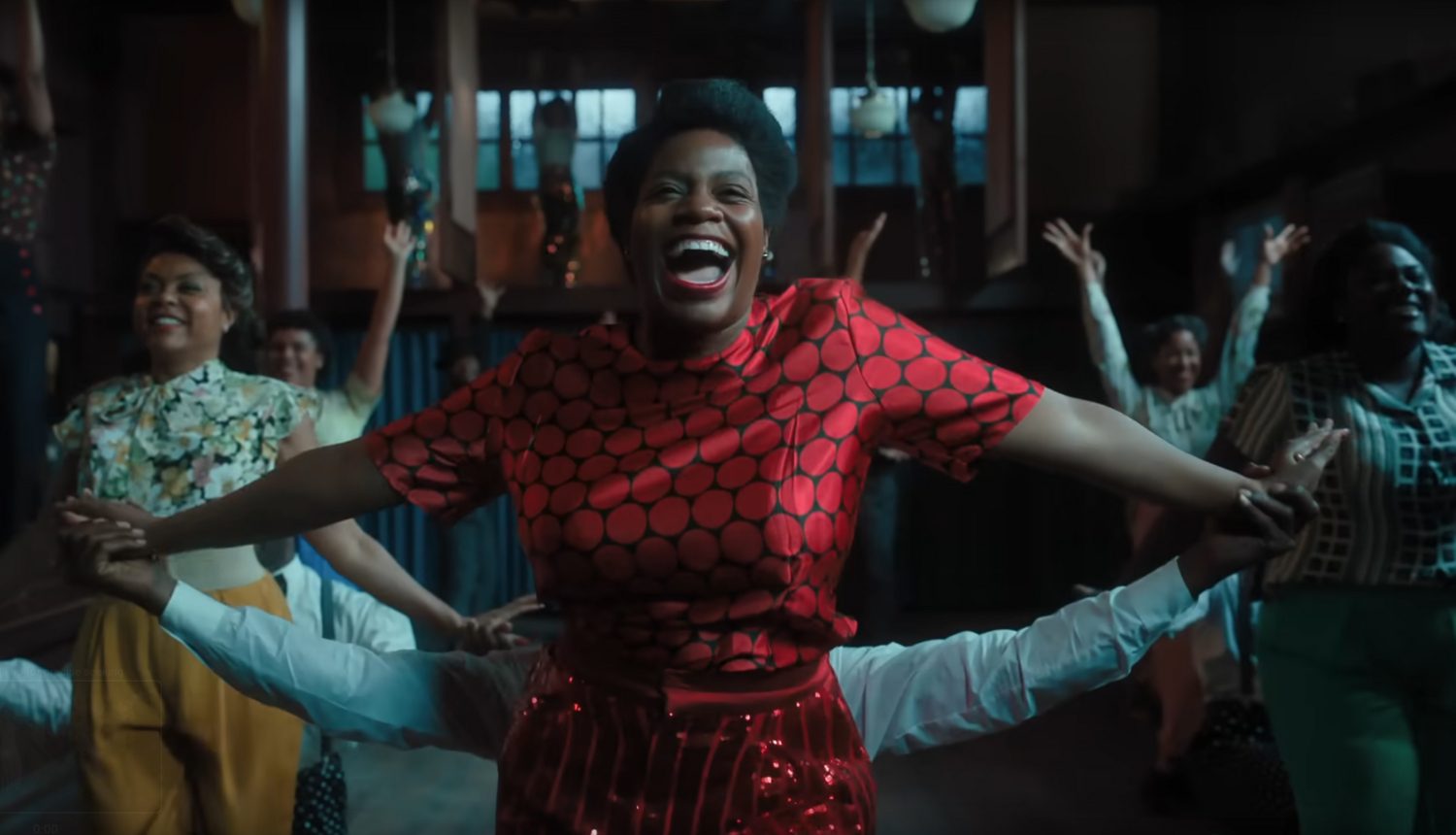

Why does every trip to the movie theater these days feel like a warp back in time? Between re-releases and remakes, it’s hard to keep the new releases and old favorites lists straight. Recently, it feels like every other film is a remake of an iconic older movie, this time in a new musical style. Remaking classic or underappreciated older films has been a major trend in recent years. Whether it’s a live-action adaptation of a beloved cartoon or an anniversary revamp, studios have a range of motivations behind remake creation and paths to make it relevant in a modern setting. The reputation of the original story or name recognition is often enough to pull a decent figure at the box office, and a studio could also remake a film to update it to be more socially acceptable in terms of genre or general content.
The major shift that seems to be happening is studios updating a film’s content to include more diverse characters and plot lines. Many of these rewrites rid stories of their outdated themes, including homophobia, racism, or fatphobia. Besides a simple update, many recent remakes have crossed genre lines to become musicals. Most notably, The Color Purple, based on the 1982 novel by Alice Walker, was adapted into a movie in 1985 and then a stage musical in 2005. Last year, it was adapted again into a musical period drama directed by Blitz Bazawule. While the newest adaptation comes after the creation of the stage musical, the structure is more skewed towards being a remake of the original 1985 movie. Besides the genre shift, Blitz Bazawule’s The Color Purple is also more sensitive to modern audiences, particularly the relationship between Shug and Celie. The 1985 film was criticized for downplaying the romantic relationship between the two women portrayed in the book. However, in an age where queer themes are becoming increasingly normalized, the 2023 version does more than allude to the relationship while still leaving a bit to be desired, showing Shug and Celie waking up in bed together or sharing passionate kisses.


Besides The Color Purple, it seems the movie on everyone’s lips these days is the recent musical remake of the 2004 classic Mean Girls. Mean Girls is based on a 2002 nonfiction self-help book called Queen Bees and Wannabes by Rosalind Wiseman, which attempts to teach parents how to help their adolescent daughters navigate social settings. Besides the film editions, Mean Girls was also adapted into a stage musical like The Color Purple, running on and off Broadway since 2018. Also reflecting the adaptation style that The Color Purple team utilized, the 2024 Mean Girls has also been subjected to some updates to keep up with social trends of being more body-positive and open-minded about sexuality.
With the adoption of modern social standards, one of the changes made to the 2024 Mean Girls storyline is the sexuality of Auliʻi Cravalho’s Janis ʻImi’ike. In the original story, Janis and Regina George were good friends throughout grade school until the two fell out in 8th grade because Regina began spreading rumors about Janis being a lesbian. While Janis says during the apology scene that she hates Regina so much because she has a crush on her, by the end of the movie, Janis starts dating Kevin Gnapoor, a fellow student and minor character. Janis’s whole sexuality arc has often been criticized as being homophobic, so in the 2024 version, while she never explicitly states it besides Damian briefly referencing her ‘coming out’, Janis is assumed to be out as queer from the very beginning.


Besides this character change, the 2024 Mean Girls steers clear of the casual racism from the original movie. It also spends significantly less time on the fatphobia that initially inspires Janis’s scheme to get back at Regina by making her gain weight. While the original movie made commentary on feminism and the female experience, his year’s Mean Girls takes that theme even further with musical numbers like “I’d Rather Be Me” performed by Auliʻi Cravalho or offhand comments or gags like when Regina said her behavior was only unacceptable because of her gender.
While both The Color Purple and Mean Girls have undergone the modern ideology filter to make them more acceptable for today’s audiences, objectively, the most noticeable change between them is the way they’ve genre-hopped their way into being musicals. Both had their own Broadway adaptation before they made it to being revamped films, but it also seems musical movies are coming back into the public eye. Of course, musicals have never stopped being a popular genre, with incredibly successful films like La La Land, In the Heights, and Mamma Mia dominating in recent years. It still seems interesting recently, musicals are now becoming a means to ‘refresh’ a nonmusical storyline and turn it into a whole new film.


More than revamping themes to make them more relevant to modern audiences, it seems that production companies are following the popularity of musical movies as the ultimate family film genre. The resurgence feels like a continuation of the many Disney-style musicals that have reigned supreme for years as the go-to all-ages movie franchise. Even shown in the popularity of top movies like Barbie last year, the appeal of musicals seems to be seeping between genres. Whether or not this was the goal of Mean Girls, The Color Purple, and the other musical film remakes that have been released recently, it seems as though the musical numbers and dance breaks are working hand in hand with the revamped social standards of the films to attract more modern audiences.
Rather than simply recreating an old film with a new cast and crew, production companies in the past few years have been taking the opportunity to display more modern themes in classic films that keep them relevant in our society. Particularly concerning gender, sexuality, race, and body type, recent remakes like The Color Purple and Mean Girls have attempted to undo problematic themes while keeping the original story alive. Both films kept up with modern trends by following many hit movies’ footsteps by adding musical numbers. As one of the biggest family-friendly genres that bleed into having fanbases of their own, musicals have always been strong in appeasing diverse tastes. In the case of these remakes, production companies have had the chance to reflect stylistic and social tastes and have been able to attract a wider variety of audience members to the movies.
